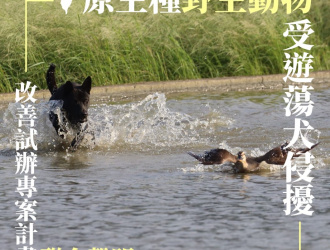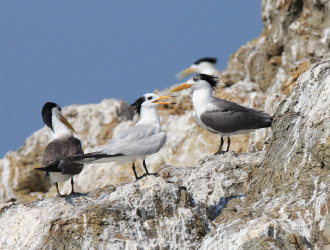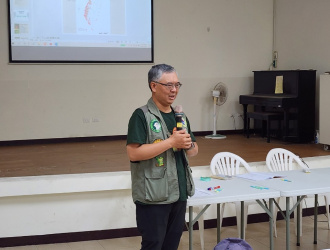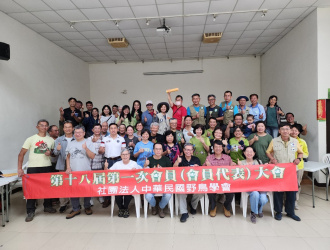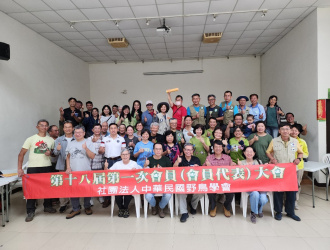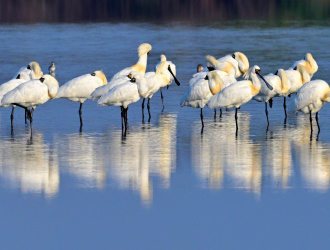最新消息
06 | 13
臺灣具有豐富之生物多樣性,維護臺灣生態系以保障小島的環境永續,這是保護生活在土地上的人、動物與所有生命之基石。過去這些年來,因人們基於不同目的所圈養的非原生生態系中的動物,當外溢到環境中形成生態危害時,行政院農委會也進行了必要之移除作業,包含展演動物外溢到環境的埃及聖䴉、寵物飼養外溢到環境的綠鬣蜥以及海蟾蜍等。而移除之所以必要,是因為如果不採取任何措施,在生態系統牽一髮動全身的情況下,受到傷害的生命只會更多。
04 | 22
Results from the 2023 Taiwan Black-faced Spoonbill Census showed a total of 4,228 Black-faced Spoonbills in Taiwan, a new record and the first time over 4,000 have been recorded

